Introduction to The Problem
The cryptocurrency industry was borne out of the 2008 financial crisis. The 2008 crisis highlighted all the issues with the traditional system. The lack of transparency, the lack of efficiency, and the unjust government intervention in these systems.
Bitcoin was created in 2009 as a potential alternate system. The genesis block had the message “The Times 03/Jan/2009 Chancellor on brink of second bailout for Banks” as a testament to the purpose of the creation of bitcoin. Since then, the industry has taken a life of its own with the creation of DeFi on Ethereum amongst other things.
Much like Bitcoin, DeFi has stuck to the core principles of transparency, self-custody, non-discriminatory access, and decentralization. While all of these things are good, the industry still struggles from a user experience (UX) and user interface (UI) standpoint.
The result of this was the creation of these centralized entities that acted as the intermediary between DeFi and the traditional world. These are centralized exchanges (CEXs) and CeFi companies. These services tend to be the entry point for most participants, and in many cases, people exclusively transact on these venues.
Recent revelations have proved that the way these centralized entities run are very similar to most companies in the traditional system, the ones that the crypto industry was built to replace. Not only is this problematic, but this is not what the purpose of the crypto industry is.
The Problem with CeFi and Centralized Exchanges
Before getting into the problems let's understand how these entities work.
CEXs are fairly straightforward. They are a venue where people can buy and sell crypto assets. Users can easily transfer money from their bank accounts onto these platforms to trade and/or invest and eventually take their money off these CEXs and back into their bank accounts.
CeFi companies primarily offer lending services. The DeFi ecosystem presents some fruitful yield opportunities, however, most people are not comfortable operating directly in DeFi. Therefore, they can lend their assets on these CeFi platforms which use different strategies (in DeFi) on the backend to generate yield for their customers.
In theory, there doesn’t seem to be much wrong with these platforms. However, under the hood, these entities have two major flaws.
First off, they are very opaque. The average user has close to no idea when it comes to how these companies handle their funds or how the different strategies work. For all we know, they could use customer deposits to lend to other trading firms when the plan was to use them for DeFi strategies, or they could use customer deposits to pay other customers in a Ponzi scheme-like business.
The second issue is self-custody. When a user has funds on a CEX or a CeFi platform, they do not have custody of their assets. The famous saying in crypto is “not your keys, not your coins”. What this means is that since you don’t have custody of your assets, in an event that the company goes bankrupt or if the company owner decides to steal the funds, there is nothing the user can do since the platform technically has custody of the assets.
The entirety of 2022 has been a testament to how big these two problems are. The collapse of a CEX like FTX and the collapse of CeFi companies such as BlockFi and Celsius show that these opaque companies are run very poorly behind the scenes. Once they go insolvent, the users instantly lose all their funds and there is almost nothing they can do about it.
You may be wondering… if there are such significant risks with using a CEX or a CeFi platform, why do people still use them?
The Current Issues With DeFi
As mentioned earlier, DeFi is still heavily lacking in terms of UX. At the end of the day, most people prefer convenience, and this is exactly what centralized entities provide.
For starters, CEXs offer an easy on-ramp and off-ramp with fiat which simply isn’t attainable with DeFi. Once the users have been on-ramped to the CEX, these CEXs also offer a variety of products. They offer margin trading, cross-margin, spot trading, easy transfer of assets, lending services, and much more. In DeFi, these services are offered but they are offered by separate protocols which creates a staggering experience for the users.
Another issue is liquidity. The CEXs have all the liquidity in one place, but in DeFi there are multiple chains, multiple exchanges, and multiple different solutions for one problem. This creates fragmented liquidity making it difficult and inefficient to use DeFi. Users will have issues with slippage leading to worse execution and it's just not an optimal solution in general.
Lastly, the UI. The current UI and UX in DeFi are often considered intimidating by many. The majority of people in this current world are familiar with a web2-like user experience and this is exactly what the CEXs offer. A familiar experience making it easy for people to interact with cryptocurrencies.
So how do we solve all of these problems and allow users to have that easy-to-use CEX experience but with the benefits of self-custody and transparency that are offered by DeFi?
Introducing Vertex Protocol.
What is Vertex Protocol? Arbitrum's latest and greatest DEX.

As the name suggests, Vertex decided to create a VERTically integrated EXchange on Arbitrum to offer its users a suite of DeFi products in one place. The aim is to provide the most frictionless trading experience possible without compromising on transparency and self-custody.
The vertically integrated DEX will have a cross-margined spot and derivative trading platform with an extremely fast order book, it will have a money market to allow users to lend and borrow for either yield or leverage in the same place as they trade. This money market will be supported with a robust risk engine to ensure liquidations are processed in an orderly manner while also maximizing capital efficiency. Vertex will also integrate an on/off ramp for fiat currencies in addition to having a native bridge to make it easy for users to come to Arbitrum.
The UX will be quick AF! How quick you ask? Well, order matching is going to fall in the 10-30 millisecond range, so yeah it is FAST. I can hear some of you scratching your head thinking “Arbitrum isn’t that quick though”... and you are right. It isn’t. will handle order matching off-chain and hence they can execute extremely quickly but everything is pushed back on-chain to settle.
This effectively handles a few issues that completely on-chain exchanges are met with. Latency, scalability and the dreaded MEV.
There is an incredibly well-written thread from the Vertex team below that explains the intricacies of this:
https://twitter.com/vertex_protocol/status/1603103631821021184?s=20&t=3eTQITD6TdeH8h10flKiHg
Another beauty of the design of Vertex is a hybrid AMM/CLOB model. There are certainly benefits to both and I am yet to see any other protocol integrate both. Again, they are innovating in the areas of DeFi that have potential yet also have shortcomings. Having both options i.e. LPs and an order book enables users to gain access to liquidity when they need it at the best price possible.

More info can be found in this thread: https://twitter.com/vertex_protocol/status/1602376143541149696?s=20&t=3eTQITD6TdeH8h10flKiHg
How DeFi Can Compete with CeFi
In the age-old debate of CEXs vs DEXs, DEXs cannot match the performance of CEXs because they do not have as much control as CEXs. This means most of the time spreads are wide and slippage is high making for a subpar trading experience. This hybrid AMM/CLOB model potentially solves a lot of these issues.
There are 3 key features to this hybrid order book-AMM model:
- Constant Product AMM (for fully on-chain trading)
- Off-chain sequencer for order matching
- fully on-chain risk engine
The AMM allows for fully on-chain trading with support for long-tail assets. Users can also be liquidity providers through the lazy LP management popularised by Unswap V2. The off-chain sequencer supports the order book allowing the DEX to have a performance that emulates the best CEXs. It helps create an efficient execution environment.
The Vertex sequencer offers order-matching speeds of 10-30 milliseconds. But how so?
This is thanks to their default state called “slo-mo mode”. The AMM pools liquidity gets injected into the off-chain order book which offers much deeper liquidity than other off-chain order books, this allows for much tighter spreads and quicker execution. The orders then go through the highly performant sequencer pathway and are then put on-chain.
In the event that the sequencer pathway goes down, the AMM offers an alternate route for trades to continue. This applies to spot markets as well as per markets.
With spot markets, it will continue to operate like a regular AMM but with the perp market, it will use the vAMM model made by the perpetual protocol.
In addition to this, the protocol also allows for cross-margining positions. Therefore, Vertex maintains the smooth experience and high performance of a CEX while incorporating the transparency and self-custody of a DEX.
The icing on the cake is the partners that Vertex has. They are partnered with trading giants such as GSR, Jane St., Hudson River Trading, Huobi, JST capital, and many more. These firms and funds will act as market makers and users of the protocol which is not only a testament to how performant the protocol will be but also having them as market makers will ensure good liquidity, which is a major problem in DeFI.
All of this will be done on a clean UI which has specifically been designed to create a familiar UX for both web 2 native participants and web 3 native participants.

LOOK AT IT! This is clean AF.
The vertex smart contracts for spot markets, derivative markets, and money markets are all linked together to improve liquidity and create a more efficient trading experience. This is paired with the Vertex SDK which not only makes it easy for community builders to integrate their solution onto Vertex, but external Dapps can also very easily integrate with Vertex improving upon its composability.
In addition to this, Vertex offers 2 separate UIs. There’s Vertex lite and Vertex pro which are made to cater to people of different experience levels, goals, and expertise. Vertex lite is geared toward retail users and newer DeFi entrants while vertex pro is geared toward more sophisticated traders and automated trading bots. When it comes to DeFi native participants, the choice is up to them because they would most likely be able to navigate through both UIs.
https://www.youtube.com/watch?v=qht4SnoYEAc
One thing to note here is that current DEXs have a pretty difficult time setting up traditional market-making infrastructure and thus lead to lower liquidity/worse prices for traders. In typical AMMs which use 50:50 or 80:20 liquidity pools, traditional trading algorithms to make markets are possible although to bridge over the same tech that is seen on a CEX, it just isn’t happening.
Uniswap v3 is slowly beginning to look like an order book DEX but still uses buckets or silos of capital along the bonding curve. Arrakis is certainly trying to make this CEX to DEX market-making process easier but still, it isn’t a native order book.
Vertex has the upper hand here by having a seamless integration for traditional market makers with tried and tested bots. In our recent interview with Darius, the Vertex founder he mentioned a community member managed to spin up their MMing bot in a few hours. The seamless nature of traditional trading infrastructure on top of Vertex is something that cannot be ignored. A tighter market makes for a better trading experience which in turn leads to higher volumes and more fees for the protocol.
Underlying this vertically integrated exchange is an intriguing tokenomics structure.
Vertex Protocol Tokenomics

Before diving into the tokenomics. It’s important to note that a lot of the details regarding total supply and distribution have not been finalised as yet. (If you are interested in finding out more about these details, it would be worth joining the Vertex Discord in order to stay on top of all the latest developments).
The main token for Vertex is VRTX. The purpose of VRTX is to act as a governance token for Vertex. However, the token is not directly used. There are two derivatives of the VRTX token which are xVRTX and voVRTX.
xVRTX is the staked version of VRTX. Users who stake their VRTX get xVRTX which has a minimum 2-week unlock period. xVRTX is the token that will be used to participate in governance, therefore 1 xVRTX = 1 vote. However that is not all, xVRTX holders will also get indirect exposure to a share of revenue and token emissions. It’s indirect because a portion of the revenue and token emissions generated by the protocol is used to create a pool of assets and it’s this pool of assets that the xVRTX holders have exposure to.
There is also an insurance fund which is held by the protocol for emergency situations. To help backstop the insurance fund, xVRTX can be restaked by holders in this fund to get additional rewards which will be discussed further below.
voVRTX is a non-transferable token. Each user will have a certain amount of voVRTX attached to their account which will keep increasing depending on their activity. This voVRTX represents a user's score for boosting. Boosting essentially means that the more voVRTX a user has the more rewards they will get from the pool of assets mentioned above, they will get more voting power, and they will also get cheaper fees when using the platform.
Users can “pledge” (or stake) their xVRTX tokens in the voVRTX boosting pool to receive 0.02277 voVRTX per hour or they can pledge their xVRTX in the insurance fund which will give them a 2.5x boost of voVRTX accumulation. The maximum voVRTX a user can reach is 100 voVRTX.
The higher the amount of voVRTX a user has, the better the rewards they get.

Vertex Protocol Community
The main source of active interaction in the community is discord. Their discord has 16k members and is very active despite the current market conditions. The team members are very prompt with their responses to any questions that members of the community have. Most of the discussions appear to revolve around basic community questions around the protocols functionalities being answered which often turns into fruitful conversations.
However, Vertex recently just had their testnet launch which has shifted the focus of the community. Most of the conversation recently has revolved around feedback and discussions with regard to what can be done to improve upon the protocol. While general feedback has been positive, there are some minute adjustments that are expected to take place prior to the mainnet launch. To date, 25K people have participated in the test net launch! If you would like to check it out

Try it now at: app.vertexprotocol.com
Here is the walkthrough on how to use the test net version -
https://vertex-protocol.gitbook.io/vertex/tutorials/testnet-walkthrough
Meet the Team - Grant had an opportunity to record an interview with Darius the Vertex Co-founder.
https://www.youtube.com/watch?v=YkT6hs-9x20
Concluding Thoughts
For a very long time, one of the foremost critiques of DeFi has been the UI/UX problem. Everyone recognized it yet nobody had done anything to fix it. Centralised entities fixed this problem, but time and again they have proven to be opaque systems which cannot be trusted. Vertex has decided to step in and take matters into its own hand by creating a transparent and fully on-chain protocol that makes it easy for non-crypto native participants to also interact with DeFi.
However, it is not just the idea that is impressive but the resilience of the team. Vertex was initially planned to launch as an FX trading platform on the Terra blockchain. They did their testnet launch on Feb 28th 2022 and were ready to launch. However, the catastrophic collapse UST/LUNA and the entire Terra blockchain interrupted their plans.
They did not give up when most people did, they went back to the drawing board and reworked their vision and quickly came up with a new plan. They worked tirelessly to reach the point where they are almost ready to go live on Arbitrum.
A team showing this level of resilience and dedication in the depths of a bear market is commendable, It is no doubt that their idea is solid. The only part left is the execution. The testnet went well which should be a precursor to a successful mainnet.
Vertex is one that is worth keeping your eyes on.
Vertex Links - https://linktr.ee/vertex_protocol


































%202.webp)


.webp)

.webp)
.webp)
.webp)



.webp)












%20the%20Next%20Big%20Unlock%20in%20AI.webp)























































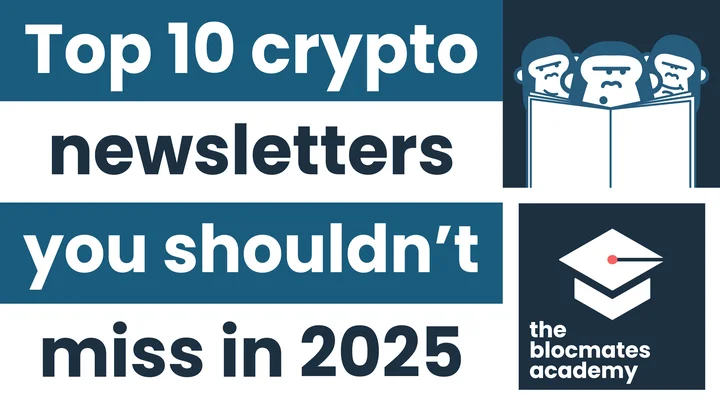










.webp)


.webp)









.webp)







.webp)




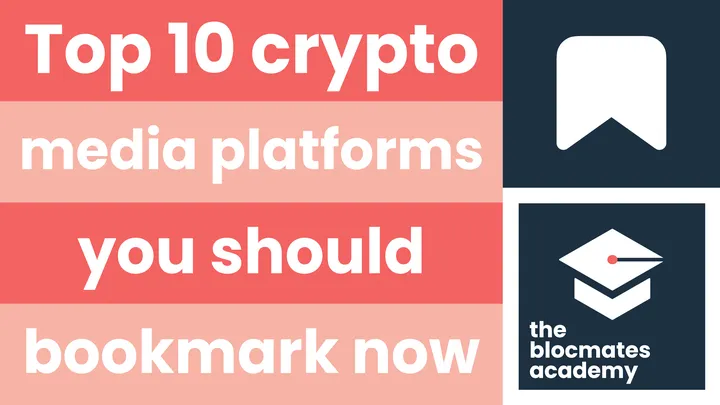












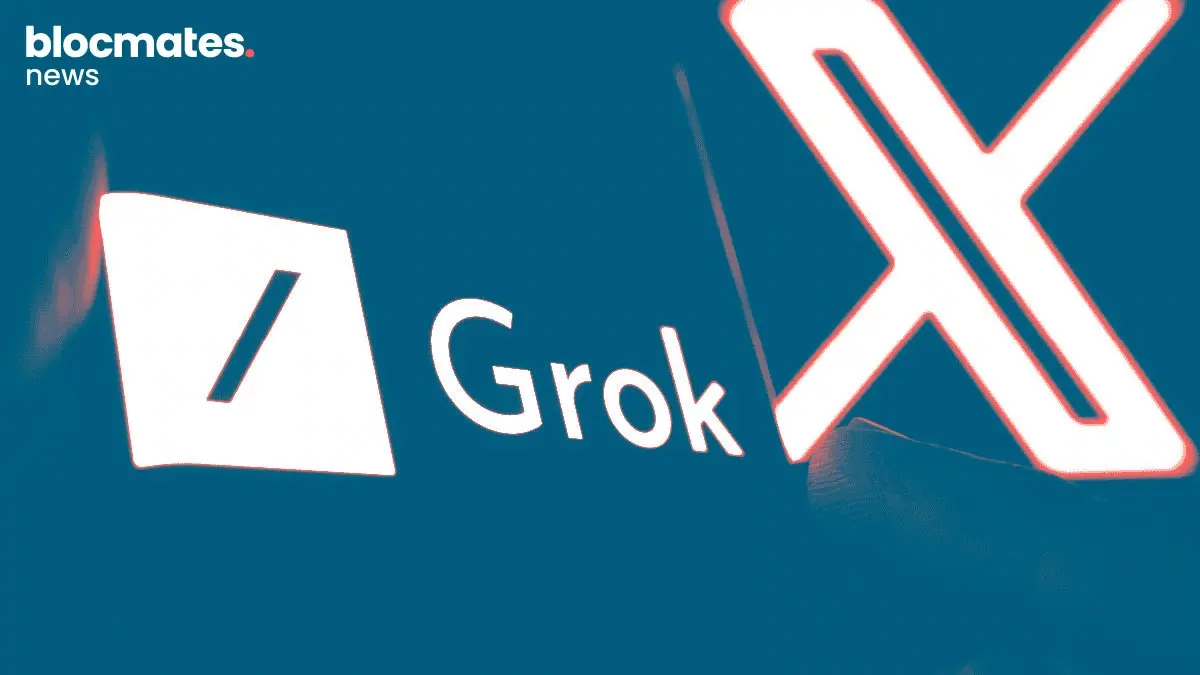


.webp)







.webp)





















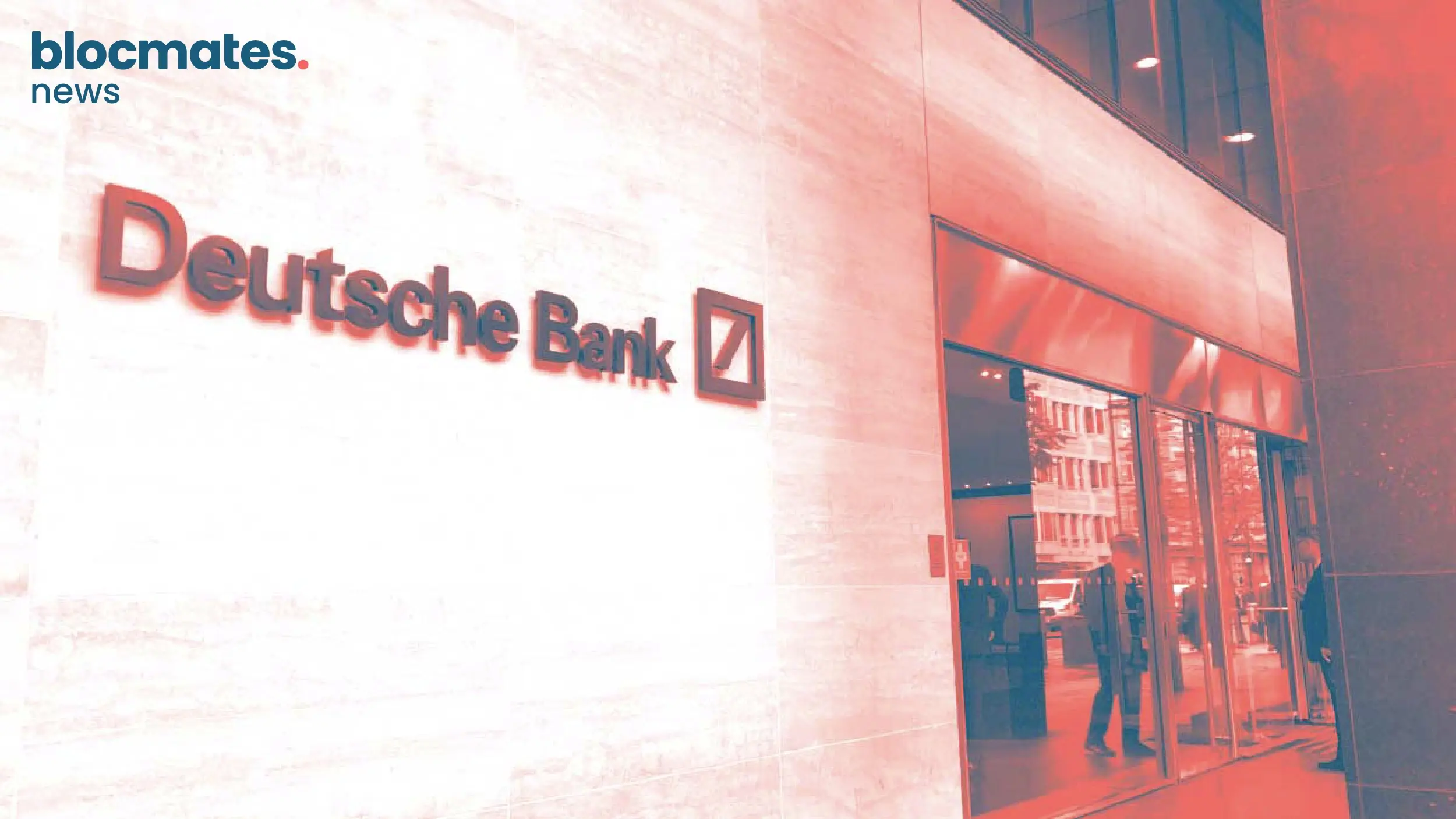


.webp)






.webp)




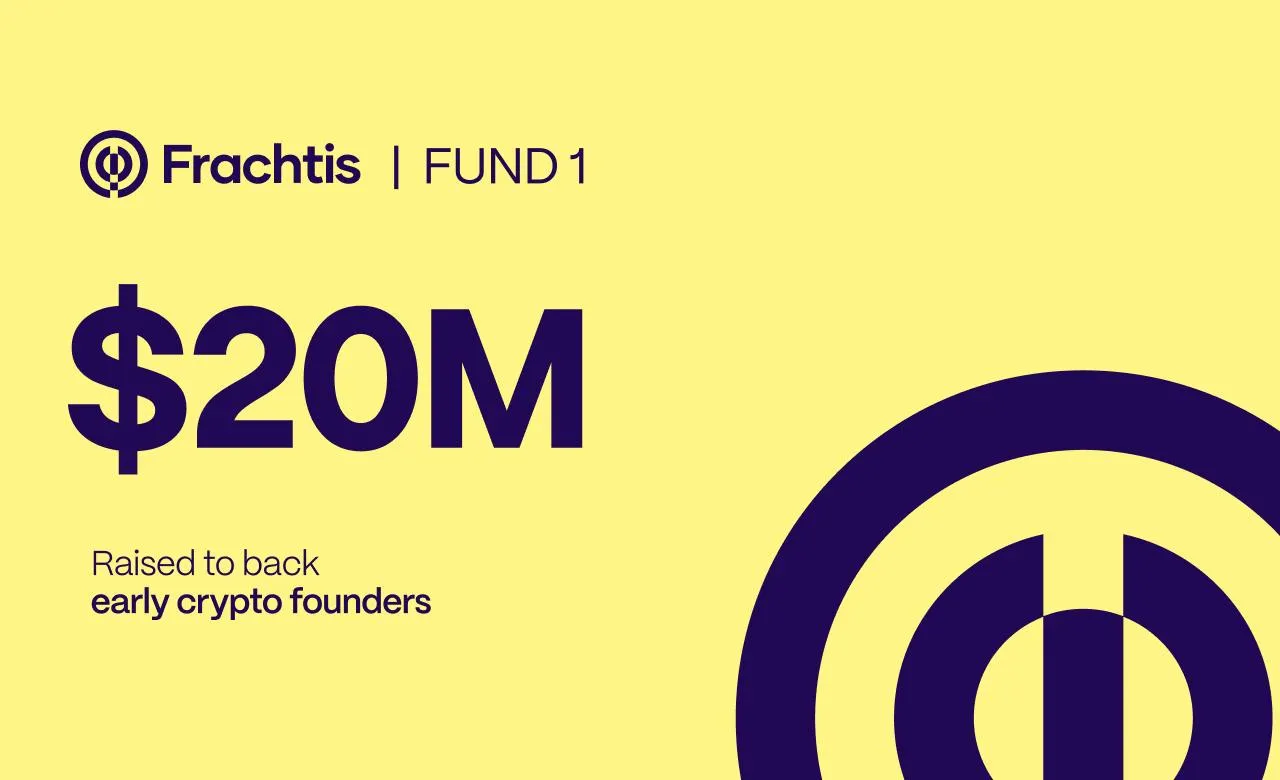





.webp)









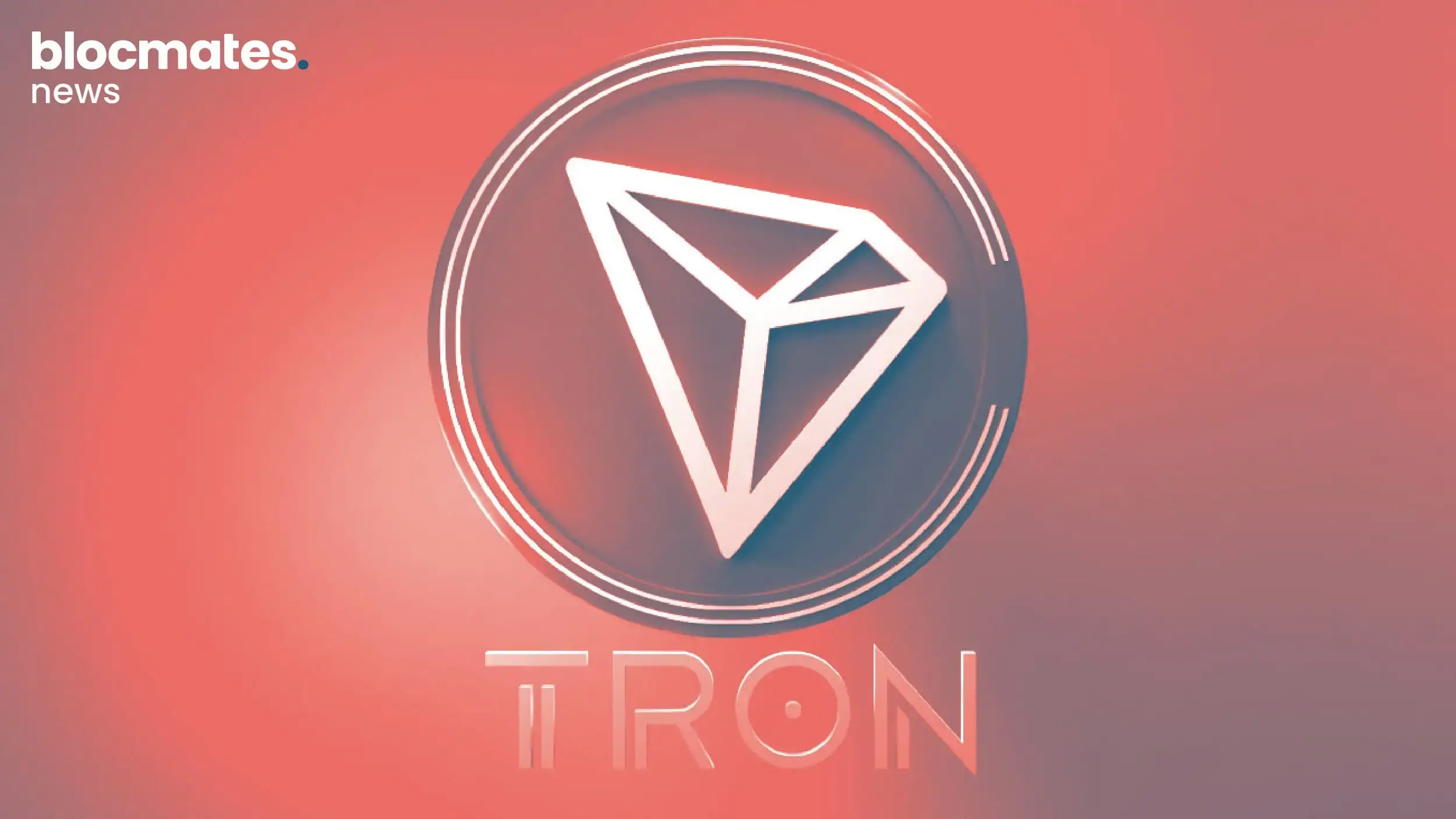
.webp)
.webp)
.webp)
.webp)
.webp)
.webp)

.webp)









.webp)

.webp)
.webp)
.webp)
